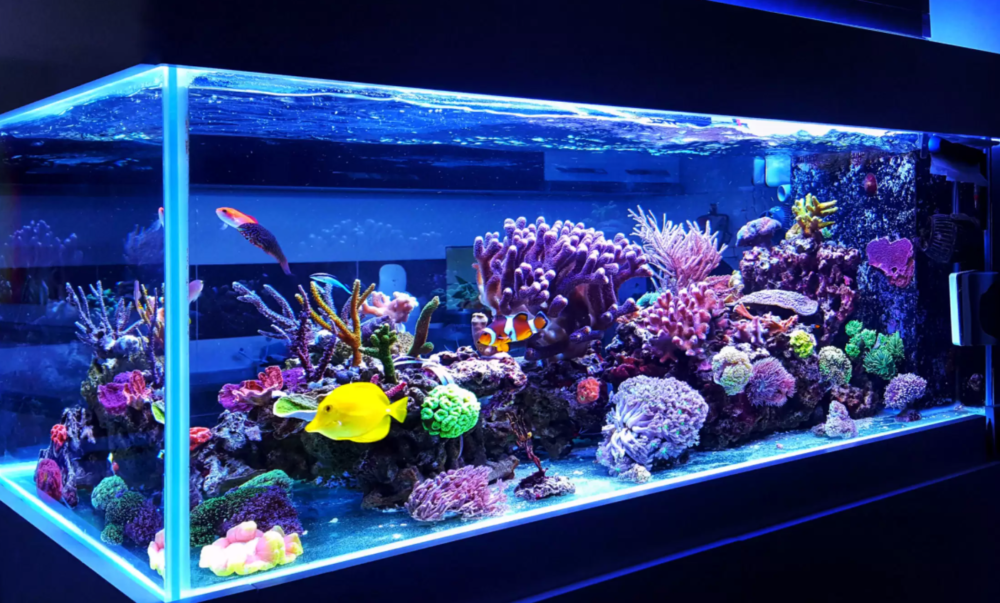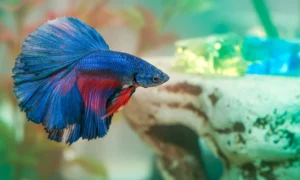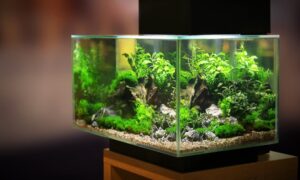Do you love the ocean? A reef aquarium is as close to the ocean as you can get, and one of the factors that differentiates it from your regular tank is the presence of live corals.
With their exotic beauty, intense colors, and unique forms, it’s not difficult to understand the appeal of live corals among reef aquarium hobbyists.
If this is your first time to build a reef tank, the smart thing to do is to start out with the types of corals that are easier to maintain so you can have an enjoyable first-time experience. In this article, we’ll share the top 10 corals that are known for their hardiness and resilience.
1. Star polyps
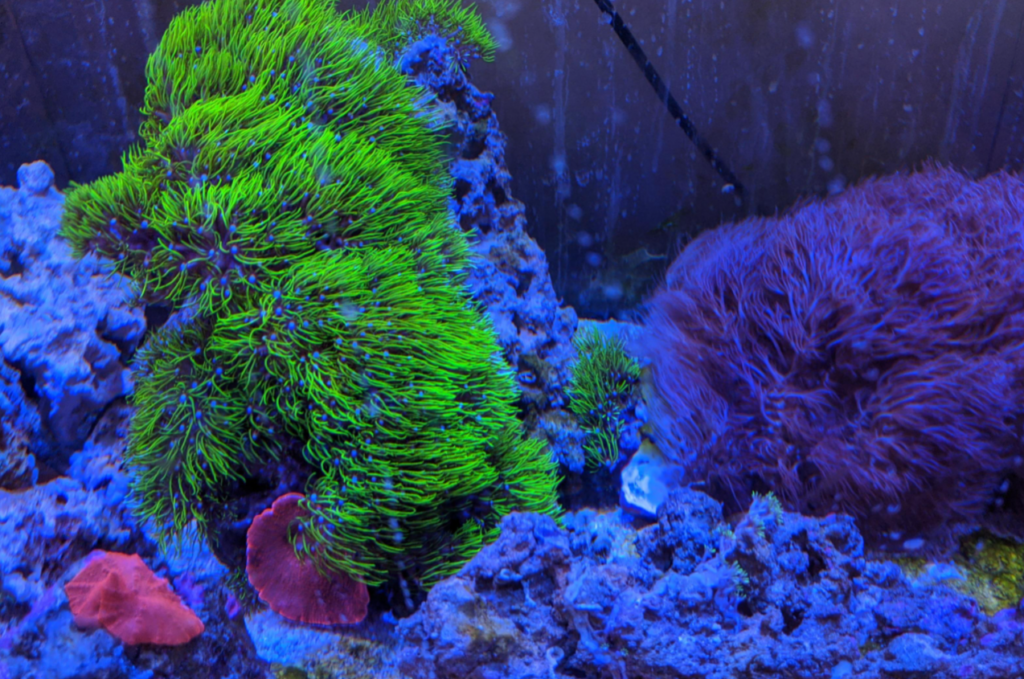
Source: michiganreefers.com
Star polyps is one of the favorites of first-time reef tank hobbyists because they’re widely available, resilient, and cheap. Some aquarists call it coral weed because of its appearance.
Although various strains look slightly different, they’re all very attractive and generally consists of a cluster of star-shaped polyps. What makes this coral perfect for beginners is that it grows rapidly and can provide quick satisfaction to aquarists.
2. Bubble coral
The bubble coral is one of the hardiest stony corals that is easy to maintain as long as it doesn’t get subjected to strong water currents. This popular coral should be handled with care and must not be brushed against hard surfaces so as not to damage its polyps.
At night, you’ll see the bubble polyps retract, while longer tentacles expand to catch zooplankton. Because they require moderate lighting, they can be placed in shadier parts of your reef aquarium.
3. Leather corals
Leather corals are another beginner-friendly corals that are ideal as a centerpiece. They can be large and resemble the appearance of a mushroom. Normally, the base is light brown in color, while the tentacles are bright green.
When you notice that the tentacles are retracted and the base becomes coated by a waxy substance, don’t worry as this is just an indication that it’s cleaning itself. Sooner or later, this will come off and its tentacles will reemerge.
4. Open brain coral
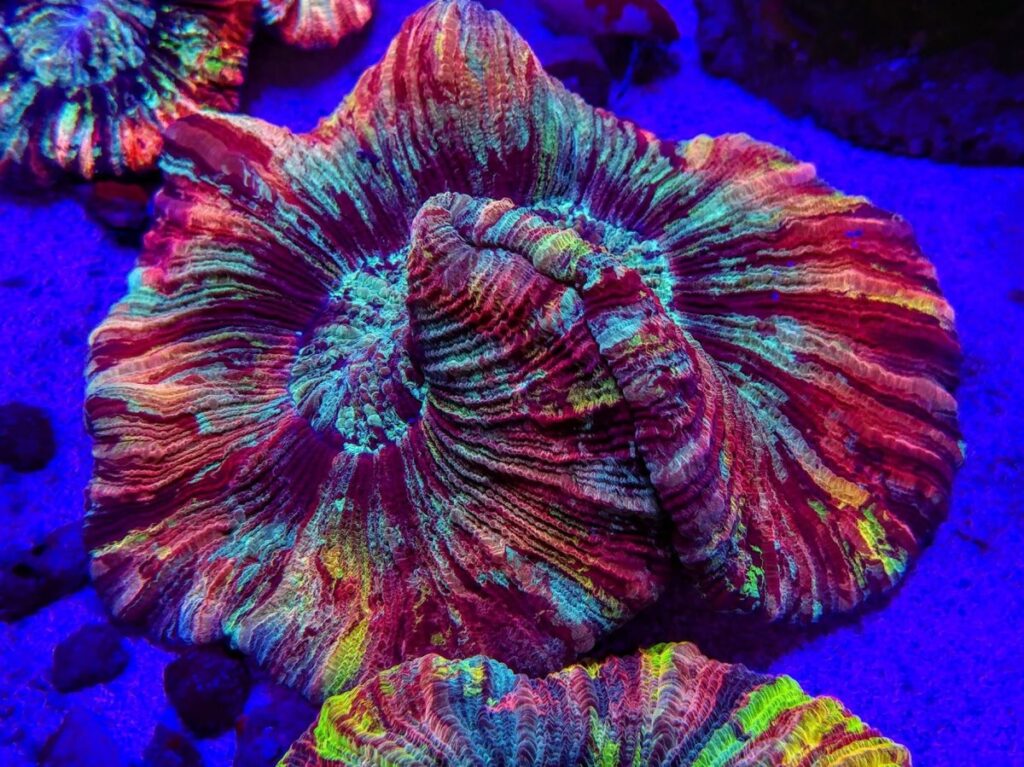
Source: reef2reef.com
The open brain coral is characterized by a single, large polyp on a small skeleton. It only requires low lighting and is highly resilient, making it ideal for newbie reef tank hobbyists.
Typically deep red in color, the open brain coral looks amazing under bluish lighting. Although the open brain coral is a zooxanthellate, it would appreciate a meaty bite of food from time to time such as a single large krill.
5. Trumpet coral
Yet another tough coral species is the trumpet coral, which offers a bit more color and pattern. These corals typically have puffy polyps that are green or bluish green at the center, and with brown edges. Trumpet corals need moderate to bright lighting to thrive, but can tolerate changes to water chemistry more than other stony corals.
6. Mushroom coral
The mushroom coral is a type of soft coral, which means that it doesn’t have an exoskeleton. It grows on rocks and is best kept under low lighting and low current.
While it is safe with fish, crustaceans, and other motile invertebrates, they shouldn’t be positioned next to other soft and stony corals as well as sessile invertebrates.
7. Closed brain coral

Source: college.unc.edu
Also called Dented Brain Coral, Meat Coral, or Pacific Cactus Coral, the Closed Brain Coral is a hardy coral that is highly tolerant of various lighting and current conditions. However, it grows best under bright, indirect light, as well as low to moderate currents. One thing to note though is that they’re sensitive to some soft corals such as Xenia.
8. Fox Coral
Also known as Jasmine Coral or Ridge Coral, the Fox Coral grows best under gentle current and low to moderate lighting. Unlike other corals that get their food with their tentacles, this type gets nutrition through absorption.
The Fox Coral is also easy to maintain and has a very delicate skeleton that can easily get broken.
9. Sea Mat and Button Polyps
Although they prefer bright lighting, Sea Mat and Button Polyps are also tolerant of low light. They also thrive best under moderate to strong current, and have a highly aggressive growth rate.
Most of these types of corals are brown or dark brown in color, but some have fluorescent tentacle tips that look great under blue lighting. Further, they usually grow as solitary polyps or in small clustered groups.
10. Finger Leather Corals
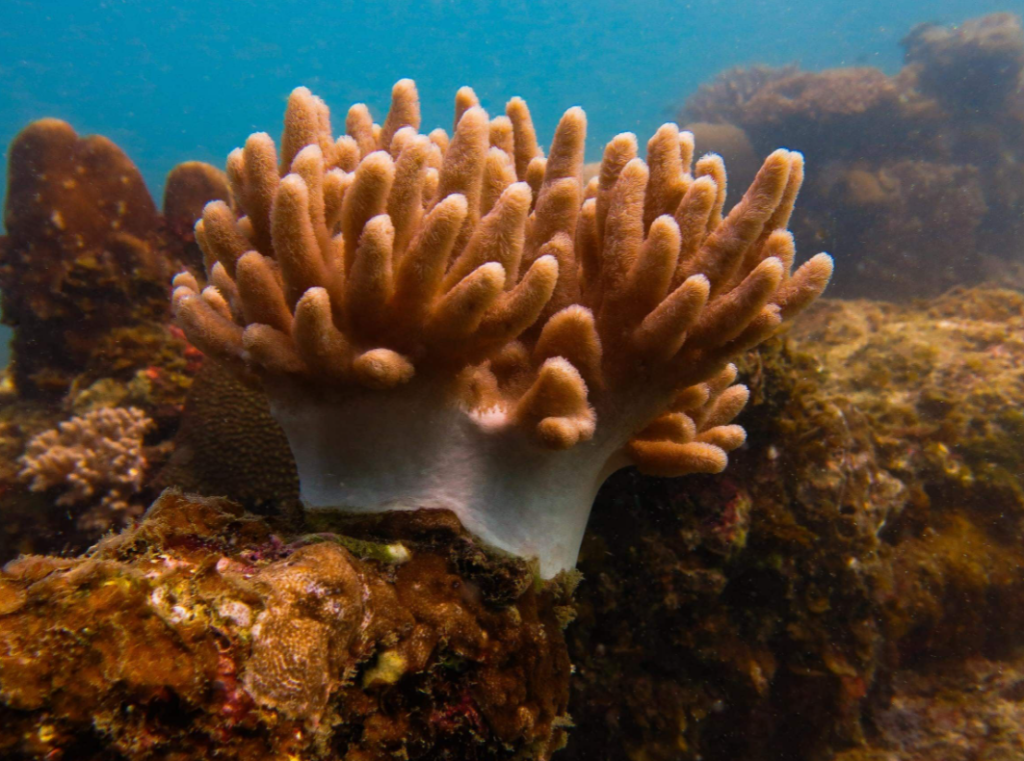
Source: pinterest.com
As the name suggests, Finger Leather Corals resemble the appearance of stubby fingers. These round or cone-shaped projections branch upward from a white stalk.
They can be found naturally at mid-water levels in the ocean and grow best under moderate light and moderate current. However, they can also adapt to most light and water current conditions, making them perfect for your first reef tank.
Final Thoughts
While the difficulty of keeping corals varies considerably depending on the species, you’d need a certain amount of skill, knowledge, and diligence to successfully maintain any type of coral. So if you’ve decided to start this hobby, you need to be prepared to do your homework and learn the right water chemistry, lighting, and current that will allow your corals to thrive. If you’re looking for more answers for your coral questions – visit www.piecesoftheocean.com for more information!
Good luck and happy reef tank building!
Read Also:
Top 10 Most Awesome Coral Reef Experiences
4 Useful Tips for Adding Live Plants to Your Aquarium

